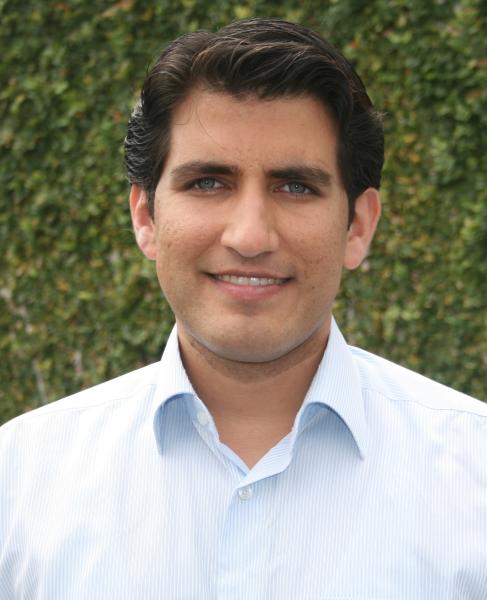CEE Graduate Student Awarded NASA Earth and Space Science Fellowship Award
Hamed Ashouri one of 54 honored in Earth Science Research

Hamed Ashouri, a civil and environmental engineering graduate student in The Henry Samueli School of Engineering, has been selected as one of 54 recipients of the NASA Earth and Space Science Fellowship (NESSF) Award.
Ashouri is working under the supervision of Distinguished Professor Soroosh Sorooshian, Ph.D., and Assosicate Adjunct Professor Kuo-lin Hsu, Ph.D. in the Center for Hydrometeorology and Remote Sensing (CHRS). His dissertation, “Spatio-Temporal Modeling of Extreme Precipitation Events Using Satellite-Based Observations,” focuses on analyzing climate extremes using satellite-based observations under climate change and variability. There have been great efforts during past years to combine multi-satellite multi-channel observations to produce satellite-based products. He is working on combining satellite-based observation with model outputs, resulted from data assimilation techniques, to develop a consistent, long term and high resolution global dataset in temporal and spatial scale relevant to study extreme events such as hurricanes. NASA’s Tropical Rainfall Measuring Mission (TRMM) Multisatellite Precipitation Analysis (TMPA) plays a vital role in this respect. He will then take a Bayesian approach to study the behavior of extreme precipitation events over the past three decades.
One of the major research challenges in modeling climate extremes is incorporating the spatial and temporal structures in the dataset. Issues of concern such as the impact of climate phenomena like El-Nino and La Nina on rainfall patterns and how extreme they may get over California are among the problems which require high resolution and reliable data. In his proposed research, Ashouri will develop methods to combine extreme value theories from statistics, with advanced machine learning techniques from computer science era to build a Bayesian model for spatio-temporal modeling of extremes. This model not only is capable of capturing the spatial structure in the data, but also will consider the impacts of climate change and variability in time on the probability distribution of extreme precipitation events.
“My most sincere thanks go to my advisor and mentor Professor Sorooshian for his immense help, guidance and support during my research,” said Ashouri. “He introduced me to the wonders and challenges of hydrology, hydroclimatology and application of remote sensing. Working with Soroosh gave me an excellent opportunity to do research on the most up-to-date areas of my field of study, as well as collaborating with experts and scientists at other universities and organizations. I would also like to extend my deepest gratitude to my co-advisor Dr. Hsu for his support and guidance, as well as all the colleagues and staff at CHRS. My eternal love and appreciation go to my parents for their everlasting love and support.”
Ashouri earned a B.S. in civil engineering from Isfahan University of Technology in Iran in 2006 and a M.S. in civil engineering from Sharif University of Technology in Iran in 2008.
